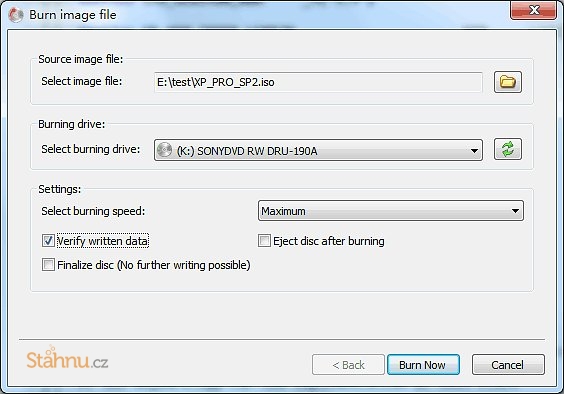
For either read or writing.ĪnyBurn has no problems I can find it can do more than what many other similar software fail to do and will do so reliably. Optical drive manufactures are to blame for not giving the user adequate feedback when a drive fail is near and immanent. That one sounds like it is near end of its life for writing to discs. Bacteremia may account for part of this increased risk, but does not fully explain the independent risk associated with perineal burns.īacteremia Burns Combat Genital Perineal Sepsis.I would suggest try test another drive on the same computer. Perineal burns were associated with a two-fold increased incidence of severe non-burn related trauma that also doubled mortality risk in adjusted models (HR 2.29 1.23-4.27).Īmong those with relatively survivable combat-related burns (<60% TBSA), genital/perineal/buttock involvement increases the risk of death. In adjusted models, each event of bacteremia increased the risk of mortality by 92% (HR 1.92 1.39-2.65). Further, patients with a perineal burn had a five-fold increased incidence of bacteremia.

Among patients with burns <60% TBSA, sustaining a complete PB conferred an adjusted risk of death (HR=2.7 1.1-6.8).


However, TBSA burned was identified as a potential negative effect modifier. Complete PB was associated with a crude risk of mortality (HR: 5.3 2.9-9.7), but not an adjusted risk (HR=1.8 0.8-4.0). service members with combat-related burns sustained during the study period, 226 (25.0%) had involvement of the genitalia, perineum, and/or buttocks. A post-hoc analysis was performed to explore the potential effect modification of TBSA burned on the relationship between PB and mortality.Īmong the 902 U.S. Cox proportional hazard models were used to estimate the risk of mortality for both primary risk factors, and adjusted for severe non-burn-related trauma, percent of burn over total body surface area (TBSA), inhalational injury, time to urinary tract infection, and time to bacteremia. The two primary risk factors of interest were (1) any burn to the genitals, perineum, and/or buttocks (PB) and (2) burns involving the entire perineal, genital, and buttock region (complete PB). The prospectively maintained burn registry from the United States Army Institute of Surgical Research was retrospectively reviewed to identify all service members with combat-related burns sustained in Iraq and Afghanistan from March 2003 to October 2013. Among service members injured in Iraq and Afghanistan, to determine the risk of mortality associated with combat-related burns to the genitalia, perineum, and buttocks.


 0 kommentar(er)
0 kommentar(er)
